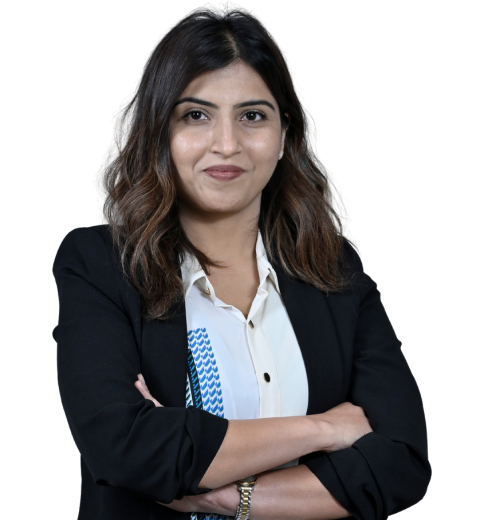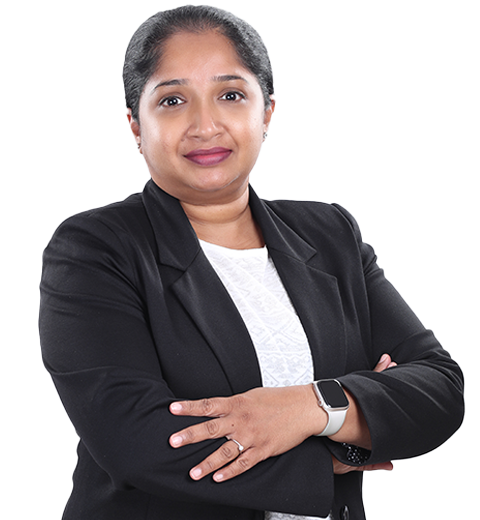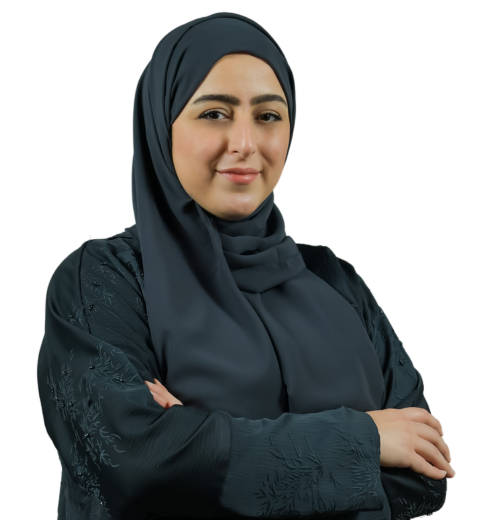No Image
Speech Therapy (Adult & Pediatric)
Enhancing Communication: Comprehensive Speech Therapy Services
Speech therapy addresses childhood speech disorders and adult speech impairments resulting from conditions like stroke or brain injury. Speech-language pathologists treat a range of symptoms including aphasia, dysarthria, dysphagia, voice disorders, cognitive-communication disorders, articulation disorders, delayed speech skills in children, and feeding issues. Techniques employed by speech-language pathologists include neuromuscular electrical stimulation, oral sensorimotor exercises, swallowing therapy, dysarthria and aphasia therapy, and the use of alternative and augmentative communication devices.
Speech therapy, provided by skilled speech-language pathologists, plays a crucial role in addressing various speech and language disorders in children and adults. Whether caused by developmental delays, stroke, brain injury, or other conditions, speech therapy aims to improve communication skills and enhance quality of life.
Speech-language pathologists are trained to treat a wide range of symptoms and conditions, including aphasia, which involves a loss of language typically following a stroke, accident, or injury. Additionally, they address dysarthria, characterized by unclear speech resulting from stroke or neurological diseases, and dysphagia, which entails difficulty swallowing.
Voice disorders, such as changes in pitch, volume, or quality of voice, are also within the scope of speech therapy intervention. Cognitive-communication disorders, often associated with degenerative conditions like Parkinson’s disorder, are addressed through tailored therapy approaches.
In children, speech therapy targets articulation disorders, where the child may have difficulty pronouncing certain sounds or words clearly. Delayed speech skills and feeding issues are also common areas of focus for speech-language pathologists working with pediatric populations.
Speech-language pathologists employ a variety of techniques to address these challenges, including neuromuscular electrical stimulation to improve muscle function, oral sensorimotor exercises to enhance oral motor skills, and swallowing therapy to address dysphagia. Specific therapy programs targeting dysarthria and aphasia are also utilized to improve speech and language abilities.
Furthermore, speech-language pathologists may incorporate alternative and augmentative communication devices to facilitate communication for individuals with severe speech impairments.
Through comprehensive assessment and individualized treatment plans, speech therapy helps individuals overcome communication barriers and achieve improved speech and language skills, promoting greater independence and participation in daily life activities.
 Twitter
Twitter




